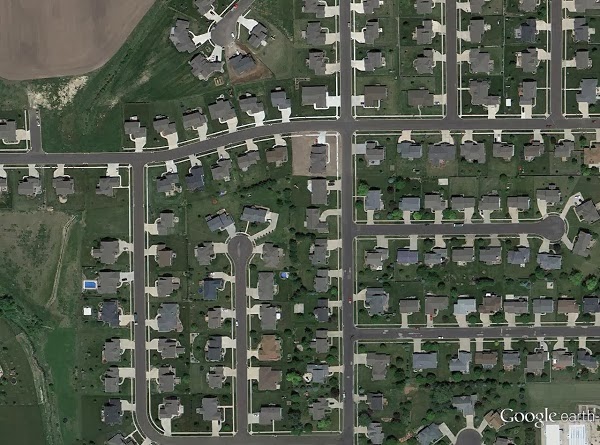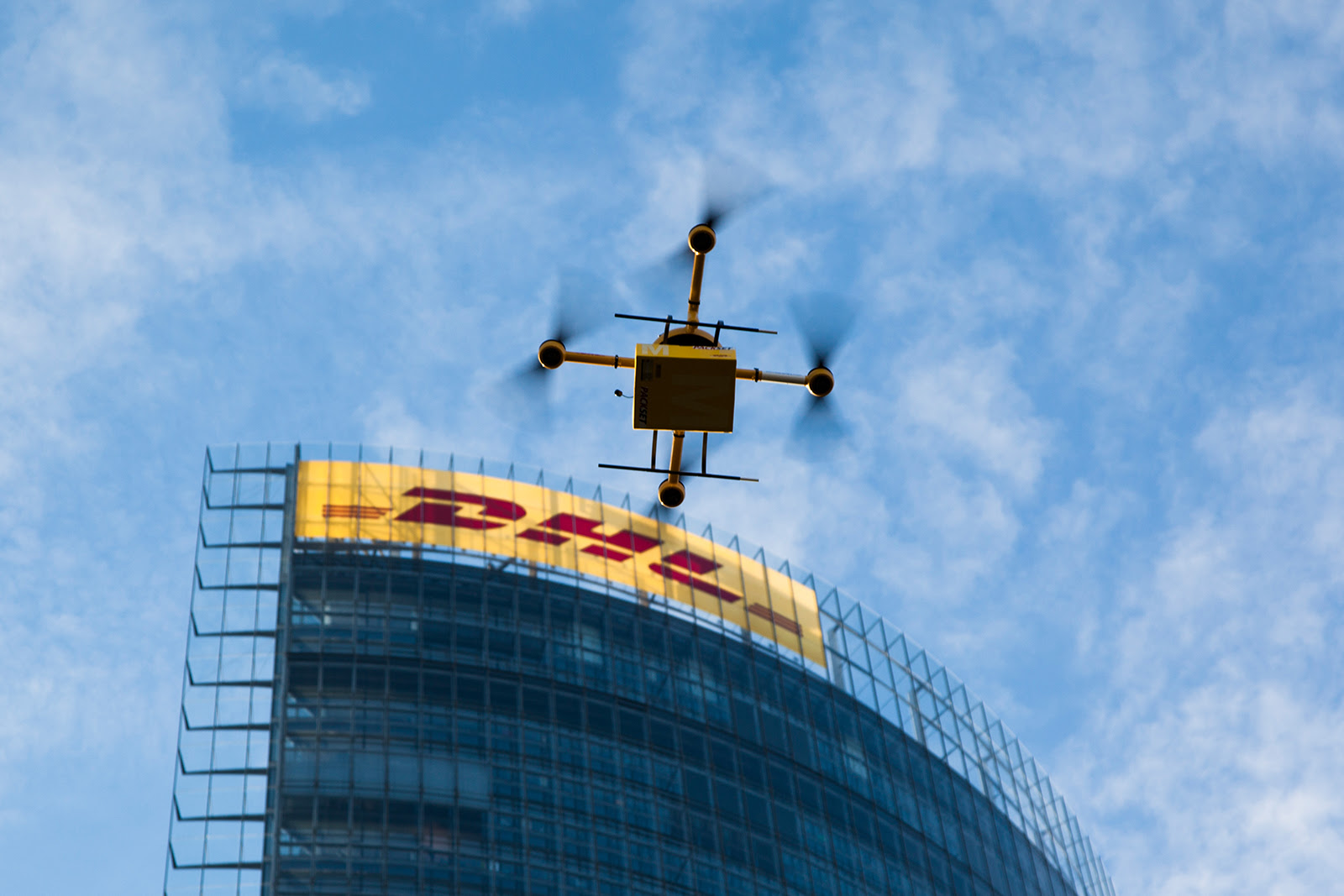At the National Science Foundation grant where I work, EnLiST, we've been tinkering with various different drone platforms which could be easily deployed in classrooms for valuable STEM (Science Technology Engineering and Mathematics) lessons.
Although we're focused on STEM education, it's not hard to see how some of these drones can be used in a variety of other fields. The quadrotors we develop one day could be deployed for research in environmental science, geology, city planning, and even "evidence-based" journalism.
Drones are useful like that. At the end of they day, they're simply a means of getting a sensor from one place to another. What you use that sensor for, is entirely up to the teacher, scientist, or journalist.
We needed a drone that was small enough to fly in a classroom, easy enough for children to fly (not saying much as kids tend to pilot drones with relative ease), and hackable enough that we could mold it to fit our science curriculum.
Enter the Crazyflie nano, a tiny, open-source drone developed by Swedish hackers at
Bitcraze.se. At 19 grams, and measuring 9 cm from motor to motor, it's one of the smallest quadrotor drones on the market today.








